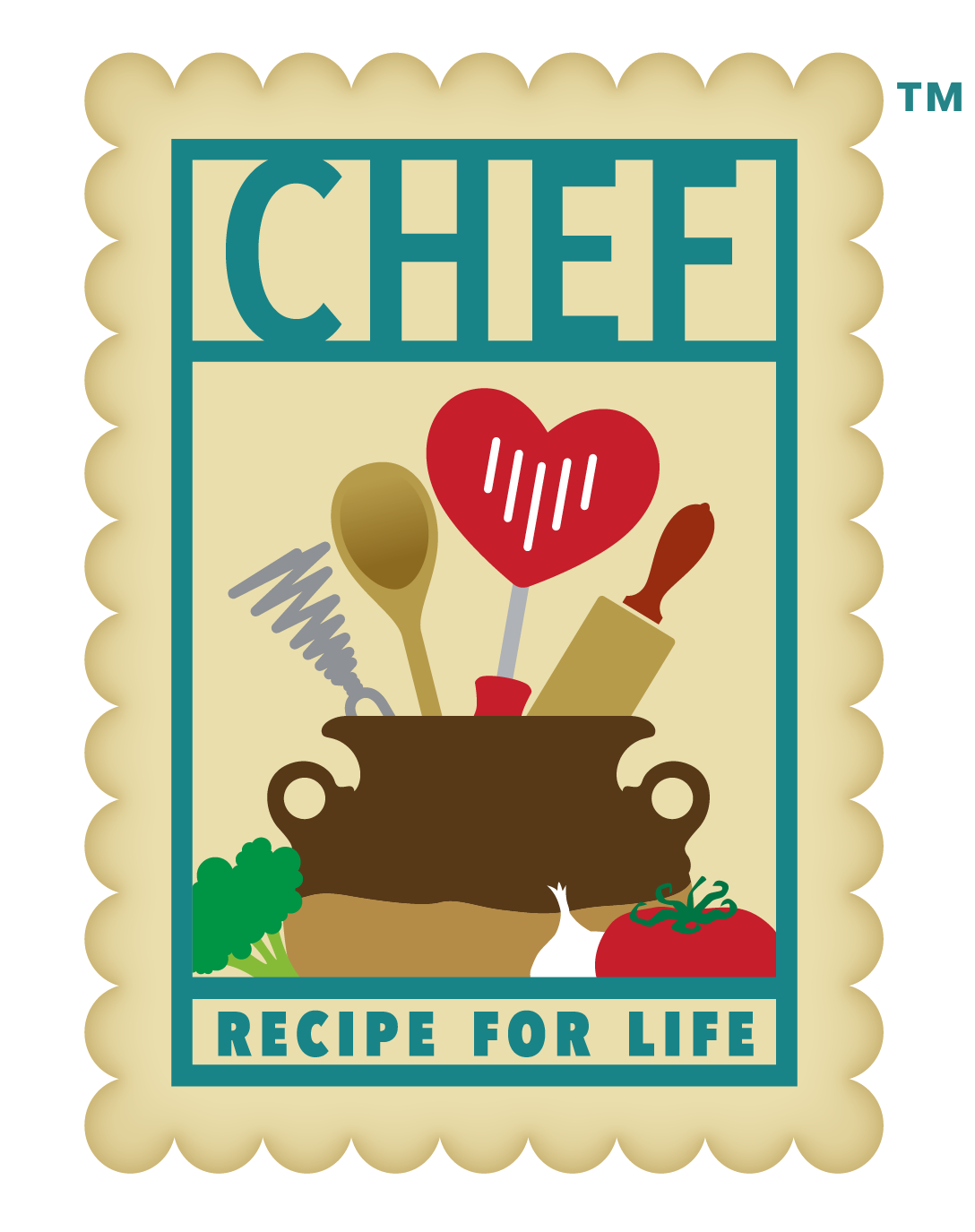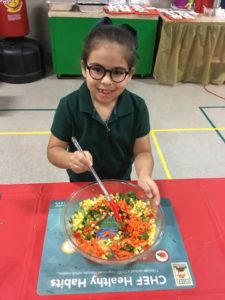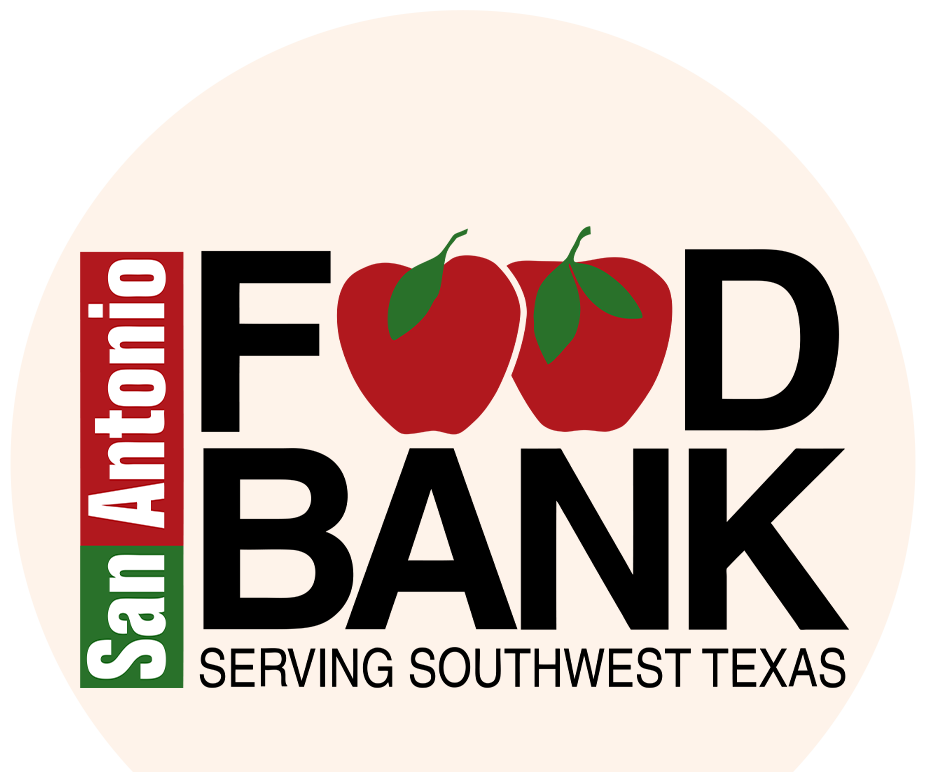Chef
Maintaining a Balanced Diet

By Jose Luis Saenz, graduate student of UTSA Coordinated Program in Dietetics
When you hear someone say that they’re on a diet, do you automatically assume that they are miserably eating boring salads, unseasoned chicken, and other bland dishes? If so, you’ve got the wrong idea about what it means to be on a diet. In reality, we’re all on a diet.
To put it simply, a diet is just a way of eating—it describes your habits when it comes to your snacks or meals. Some people have healthier eating habits than others, but that doesn’t necessarily mean they only eat what we imagine are traditional diet foods (bland vegetables, plain salads, etc.) By following certain guidelines, you can still enjoy the foods that you love while maintaining a healthy diet.
A heathy diet consists of balanced meals that include the different food groups. These meals provide a vast array of nutrients with almost no empty calories, while an unhealthy diet consists of meals that provide a lot of calories without much nutritional value.
What does a healthy and balanced meal look like?
An easy tool that can help you to determine if your meal is considered balanced is USDA’s MyPlate. According to MyPlate, we should include a food from each of five food groups in every meal: fruits, vegetables, grains, protein, and dairy. To balance our meal, we should include a cup of dairy and fill about ¼ of our plate with each of the other four food groups.
How much of each food group should I eat every day?
Your age, gender, and physical activity level determines how much of each food group you should consume per day. Generally, it’s good to aim to eat 1 ½ to 2 cups of fruits per day, 2 ½ to 3 cups of vegetables, 5 to 8 ounces of grains, 4 to 6 ounces of protein, and 2 to 3 cups of dairy. Focus on eating whole or cut-up pieces of fruit instead of 100% fruit juice or dried fruit so that you eat more fiber and less sugar. When choosing protein, opt for plant sources of protein, such as beans or quinoa, or if choosing animal sources of protein, choose leaner (i.e., meat that is no more than 8% fat) cuts, such as round steaks, pork loin, or seafood. Make at least half of the grains you eat every day whole grains, such as whole wheat bread, whole wheat pasta, popcorn, corn tortillas, and brown rice.
Helpful Tips
It may seem like a daunting task to include so many different foods into your diet throughout the day, so here are some helpful tips to help you accomplish your food group goals.
- Mix berries or cut up fruit into low-fat yogurt or cottage cheese, and in a snap, you have two groups: dairy and fruit.
- Add banana slices or berries to cereal or oatmeal made with low-fat milk for a meal made up of fruit, grains, and dairy.
- When making tuna or chicken salad, add chopped celery, bell pepper, grapes, jalapenos, or other fruits and vegetables. Enjoy it in a sandwich with whole wheat bread or with whole grain crackers to make a meal consisting of protein, fruits, vegetables, and grains.
For more balanced, delicious meals, check out our recipe page or the official website for USDA’s MyPlate.



